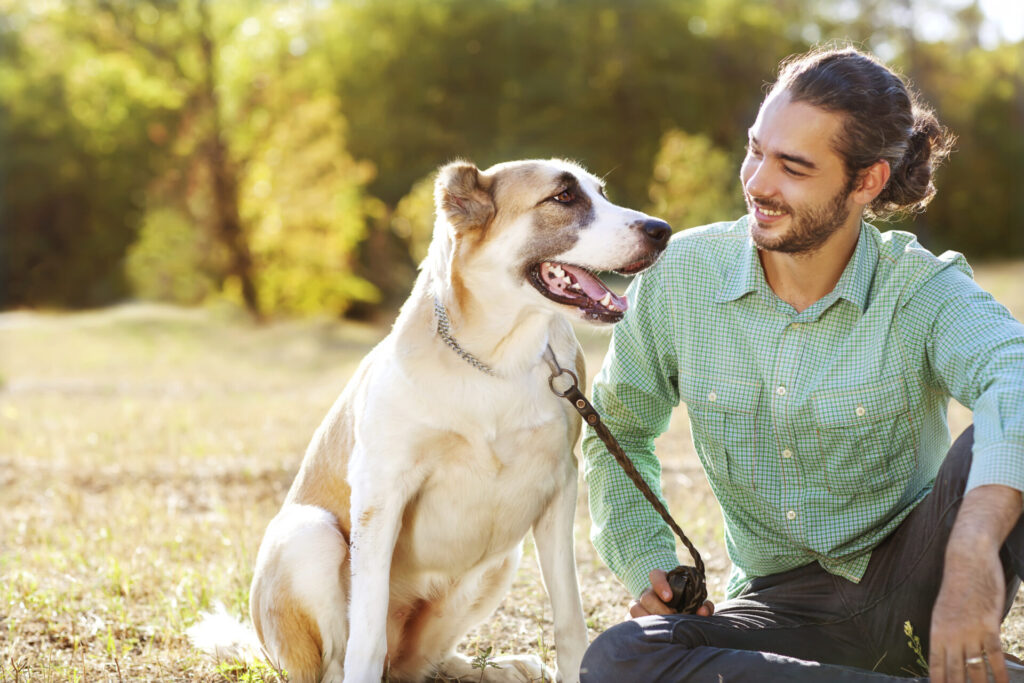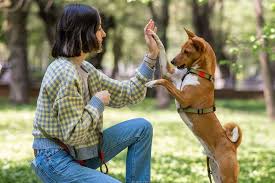Leash training is a crucial skill for any puppy, laying the foundation for safe and enjoyable walks. In this comprehensive guide, we’ll walk you through a step-by-step process to master leash training, ensuring a positive experience for both you and your furry companion.
Understanding Your Puppy’s Behavior
Before diving into leash training, it’s essential to understand your puppy’s behavior. Puppies are naturally curious and energetic, and the leash can initially be a source of confusion or resistance. Patience and a gradual approach are key to successful leash training.
Choosing the Right Equipment
Selecting the Ideal Leash
Choose a leash that is appropriate for your puppy’s size and strength. For smaller breeds, a lightweight, retractable leash may be suitable, while larger breeds may require a sturdy, non-retractable leash for better control.

Fitting the Collar or Harness
Ensure the collar or harness fits snugly but not too tight. It’s crucial to strike a balance between comfort and control to prevent any discomfort or escape.
Gradual Introduction to the Leash
Step 1: Positive Associations
Begin by associating the leash with positive experiences. Allow your puppy to explore the leash in a controlled environment, rewarding them with treats and praise.
Step 2: Indoor Leash Familiarization
Attach the leash indoors for short periods, letting your puppy drag it under supervision. This helps them get accustomed to the sensation without the distractions of the outdoors.
Outdoor Leash Training Techniques
Session 1: Controlled Environment
Start in a quiet, controlled outdoor space to minimize distractions. Allow your puppy to explore while maintaining a loose leash. Reward them for staying close and following commands.

Session 2: Introducing Commands
Gradually introduce commands like “heel” or “let’s go” during walks. Consistency is crucial, and positive reinforcement for desired behavior will help reinforce the training.
Troubleshooting Common Issues
Pulling on the Leash
If your puppy tends to pull, stop and wait for them to return to your side. Reward them when they do, reinforcing the idea that pulling leads to a halt in the walk.
Distractions and Excitement
For overexcited behavior, redirect your puppy’s attention with treats or toys. Consistent training will help them learn to focus during walks.
Gradual Progress and Consistency
Leash training is an ongoing process. Gradually increase the complexity of walks and continue reinforcing positive behavior. Consistency and patience are key to achieving a well-behaved, leash-trained puppy.
Conclusion
Mastering leash training requires a thoughtful approach, understanding your puppy’s needs, and consistent positive reinforcement. By following these steps and adapting to your puppy’s pace, you’ll build a strong foundation for enjoyable walks, fostering a lifelong bond between you and your furry friend.





















